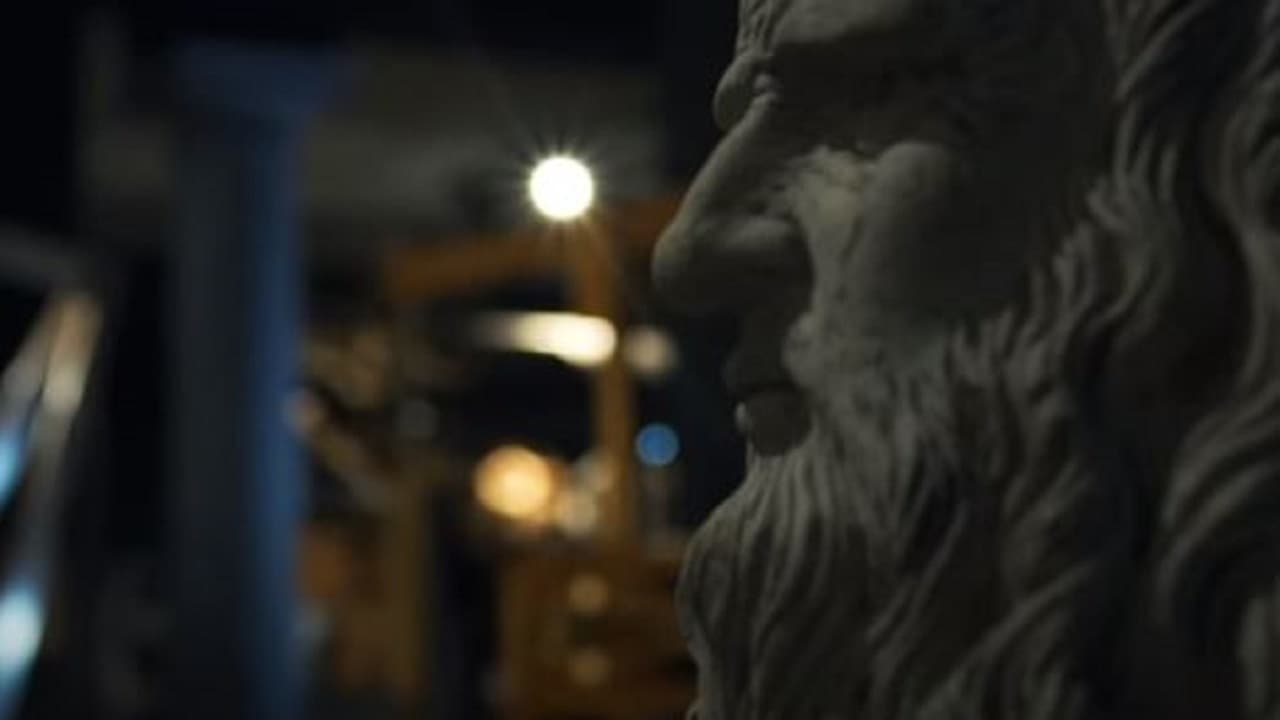

Zoroaster, in this case, has nothing to do with the religion that spread to Asia five centuries before Christ. Instead, it has to do with a character who is still little known, but of great interest: Zoroaster of Peretola. This was the "art" name that Tommaso Masini, born in 1462, had chosen for himself, a disturbing, scruffy, eccentric character, passionate about magic and occultism, but also an expert in painting and mechanics: so much so that he became an inseparable friend and accomplice of Leonardo da Vinci. For him, Zoroaster experimented - risking his life - with the flight machine that Leonardo had conceived, launching himself from the rock face of Mount Céceri, near Fiesole. It glided for at least a thousand meters before crashing.

